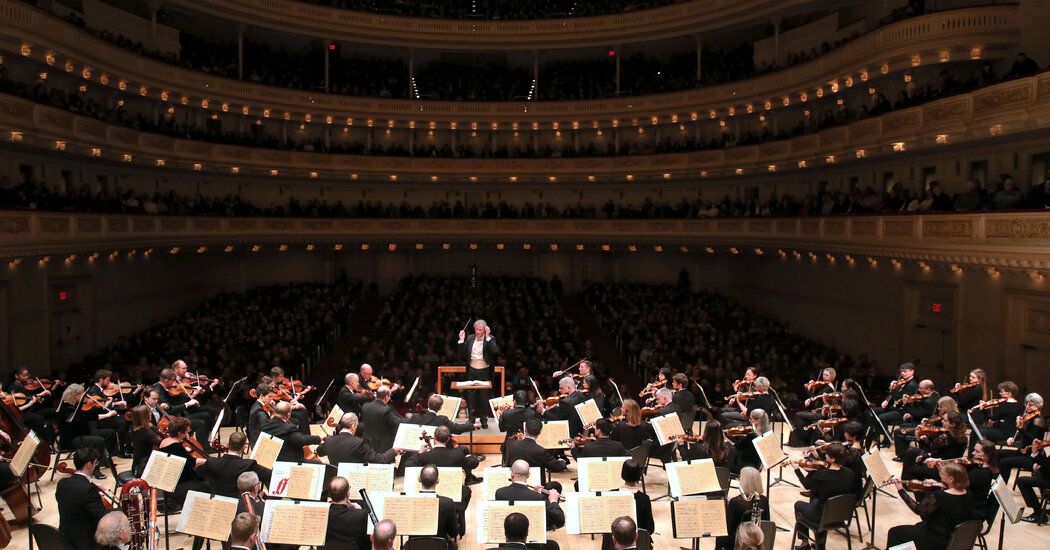Congratulations abounded in the programming. The first concert combined Ernst Krenek's “Little Symphony,” a neoclassical mix of Mozart and jazz, with the Adagio from Mahler's unfinished Tenth Symphony, the score of which Krenek completed at the request of Mahler's widow, Alma. The second concert juxtaposed two symphonies that use a theme and variation form, Prokofiev's Second and Webern's Op. 21. Both concerts ended with some drama, with Bartok's ballet suite “The Miraculous Mandarin” and Prokofiev's Fifth, which incorporates music from his stage works.
The concerts reflected the historical context of both sides of the Weimar era. Prokofiev's Fifth represented a time when the composer was writing under Stalin's totalitarian regime; The Mahler, a work from the turn of the century. Composer whose legacy the Nazis tried to tarnish. As programming, it seemed subtly clever, compelling and complete, despite the tight focus.
The flip side of the Clevelanders' general imperturbability, which served them so well in Prokofiev's fiery, spicy musical language, was a tendency to soften the individuality of a work. In Mahler, Welser-Möst traced an unbroken, long-breathing line from the mysterious sadness of the violas and the dizzying romanticism of the violins to the dissonant climax, in which the piece seems to implode with its own emotional cataclysm. But Mahler's music is too multifaceted, too full of peculiar turns, for there to be lyrical uniformity.
A similar problem plagued the Bartoks. Welser-Möst sanitized the sordid street scene that raises the curtain, and the piece's strong episodic structure, its constant lurching between sexuality and violence, weakened as the vignettes blurred. The trombone glissandos and trumpet blasts were absolutely polite. As in Mahler, the game was in very good taste.
The clarinetist Afendi Yusuf wonderfully played the solos that represent a woman who takes men off the street so they can rob them; Yusuf's playing was initially grudgingly engaging and then more fluid, confident and knowing.
An arrangement of Bartok's Third String Quartet by Stanley Konopka, the orchestra's principal viola assistant, worked best as a vehicle of theatrical expression. Konopka divided the ensemble into a double-string orchestra and sat them in antiphon on stage. Some balance issues aside, it worked brilliantly well, highlighting the delicacy and aggression of the piece with an exciting and fruitful tension.
In both performances there were no encores. Perhaps Welser-Möst and the Cleveland musicians had already said everything they wanted to say.












